Getting access to Microsoft 365 at significantly lower prices just got easier, thanks to a side effect of Australia’s legal battle with Microsoft. Cheaper plan, same core apps, no Copilot markup. Tempted?
The Australian Competition and Consumer Commission has taken Microsoft to court, alleging the tech giant misled approximately 2.7 million users about their subscription options. The crux of the issue? When Microsoft integrated Copilot AI into Microsoft 365 plans, prices jumped dramatically, Personal plans rose 45 percent from $109 to $159 annually, while Family plans climbed 29 percent from $139 to $179, according to the ACCC.
Here is where it gets interesting for users worldwide. Microsoft allegedly presented only two choices, accept the AI features with the price hike or cancel entirely. But buried in what looked like a cancellation flow was a third option Microsoft did not advertise, cheaper Classic plans that keep existing features without AI integration, Computer World reports. That discovery exposed a way for existing subscribers to cut their Microsoft 365 costs without losing the tools they actually use.
The hidden "Classic" plans that Microsoft didn’t advertise
According to the ACCC, Microsoft framed the decision as a simple fork in the road, pay more for AI or walk away. No surprise, given the company’s push to turn Copilot into a revenue engine after pouring billions into AI research.
The Classic plans were there the whole time, offering the same productivity base Microsoft 365 users have relied on for years, just without new AI bells and whistles. Accessing them took a twist. As Windows Central explains, they only appeared when users started canceling their subscriptions, essentially a retention screen masquerading as an exit.
That is not just clunky UX. Regulators argue it was a strategy to steer users toward pricier tiers while maintaining plausible deniability. It is a familiar tension in tech, respect user choice, or chase growth from premium features.
How to access Microsoft 365 without Copilot for less money
If you are an existing Microsoft 365 subscriber, you can reach these cheaper Classic plans by starting what looks like a full cancellation. Do not panic, done correctly, you will not lose data or service.
Sign in to your Microsoft account and open the subscriptions page. Find your Microsoft 365 plan, click Manage, then choose Cancel subscription. Counterintuitive, yes. But this path is how Microsoft surfaces retention offers.
According to Mashable’s detailed walkthrough, this triggers Microsoft’s save-the-customer flow. During that process, you will see downgrade options, including Microsoft 365 Personal Classic or Microsoft 365 Family Classic.
Microsoft support and multiple outlets report Classic plans are available and have previously been observed at US$69.99 (Personal) and US$99.99 (Family). That is $30 to $40 in yearly savings compared to the AI-integrated versions. Think of it as a nudge to stay, not a final goodbye, which is why the better pricing appears only when you look ready to leave.
PRO TIP: In the cancellation screen, look for Switch Plan inside the Classic plan boxes. You will not be charged on the spot. The new price kicks in at your next renewal, so you can try the move without immediate cost.
What you keep and what you lose with Classic plans
Classic plans keep the essentials. You still get Word, Excel, PowerPoint, and OneNote, plus 1 TB of OneDrive storage per user. PC Mag explains that Microsoft Defender security features remain too, including VPN access, identity theft protection, and dark web monitoring.
The trade, you lose AI features. No automated drafting help, no intelligent data suggestions, no AI-generated images or content inside your Office apps. The Verge notes those premium AI perks are what Microsoft uses to justify the higher price tiers.
If your day-to-day is writing documents, managing spreadsheets, building slides, and storing files in the cloud, Classic feels like the same toolkit you have always used. Sharing and collaboration still work, real-time edits, syncing across devices, and multi-user access. Ask yourself, do you regularly lean on AI to create content or crunch data, or do you mostly need the basics to get work done? If it is the latter, Classic is savings with no real sacrifice.
Important limitations and considerations
There are catches. These plans are available only to existing Microsoft 365 subscribers. PC Mag clarifies that new customers cannot buy Classic directly, it shows up only as a retention offer during the cancellation flow.
Timing matters. The ACCC indicates that subscribers who renewed after July 8, 2025, may not be eligible for Classic alternatives, according to court documents. Microsoft appears to be tightening the funnel to move users to AI-inclusive subscriptions.
The big limitation, Microsoft controls the switch. As the ACCC warns, Classic plans can be modified or discontinued at Microsoft’s discretion at any time. They are business concessions, not guaranteed long-term tiers.
You can switch back to an AI-integrated plan later if you change your mind. Pricing and availability may shift with Microsoft’s strategy. Translation, Classic looks like a short to medium term money saver, not a forever home.
The bigger picture: What this means for Microsoft’s AI strategy
Australia’s case spotlights a larger shift, as Computer World analyzes, toward making AI the default rather than an optional add-on. It changes the deal between software makers and users.
The business logic is clear. The Australian Financial Review reports that Microsoft and its peers are working out how to monetize enormous AI investments that are boosting revenues and stock prices. Fold AI into existing subscriptions, create a predictable cash flow, keep investors happy.
But there is friction. Many people are content with the tools they already know at the prices they used to pay. The lawsuit underscores a simple truth, not everyone wants to fund AI through their Office suite. I would not be shocked if this standoff becomes a template for future fights over how AI gets bundled and billed.
The outcome could reshape how companies present subscription choices. If regulators decide that hiding cheaper options behind cancellation flows is misleading, providers may need to show clearer tiers, basic versus AI-enhanced, right up front.
For now, the controversy has accidentally handed existing subscribers a clear path to keep traditional productivity tools without the AI surcharge. Whether that window stays open will depend on the lawsuit and Microsoft’s larger calculus on AI monetization versus user choice. If you are happy with the Microsoft 365 you already know and do not need AI help, Classic plans deliver real savings. Just remember, the option exists at Microsoft’s discretion and might not stick around.




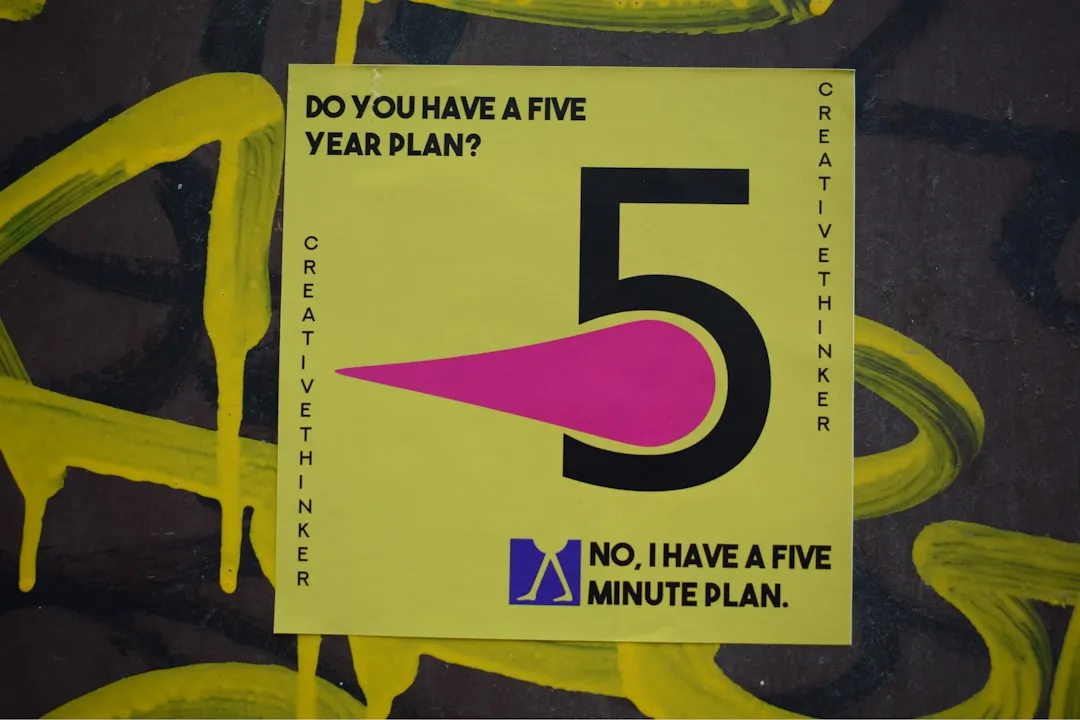


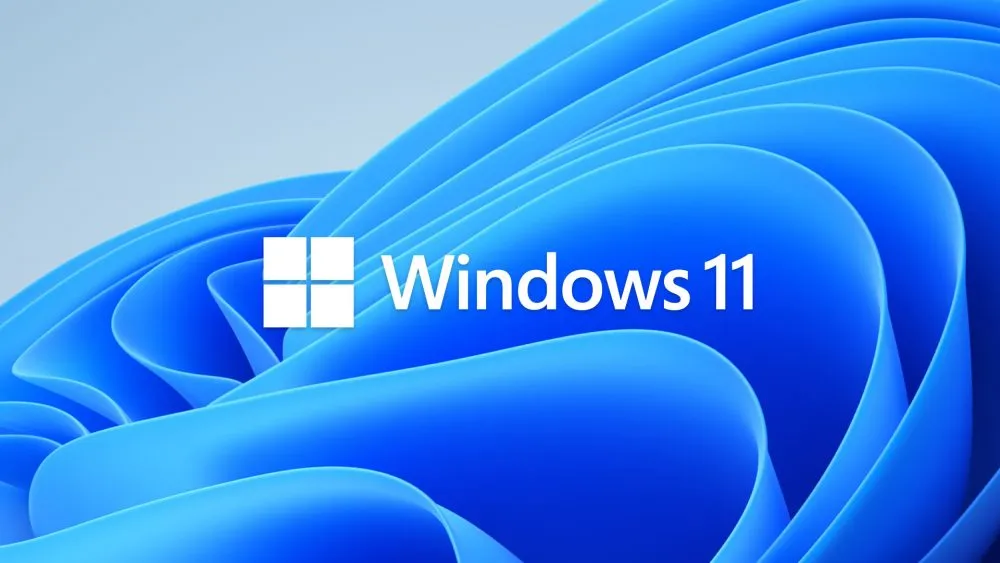
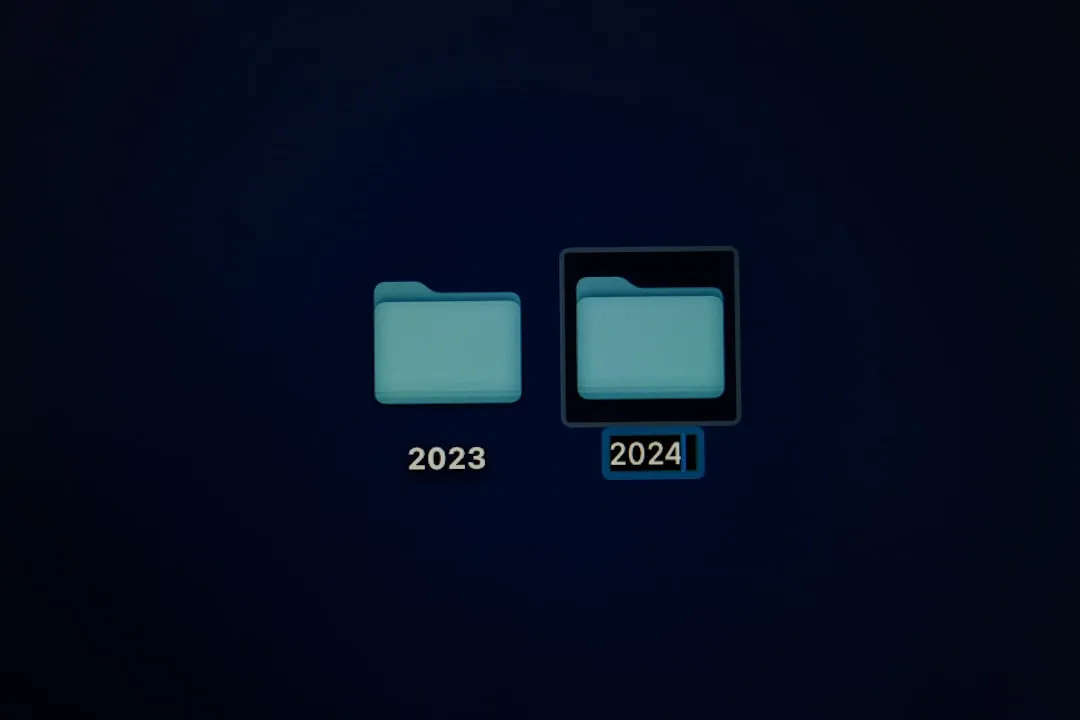

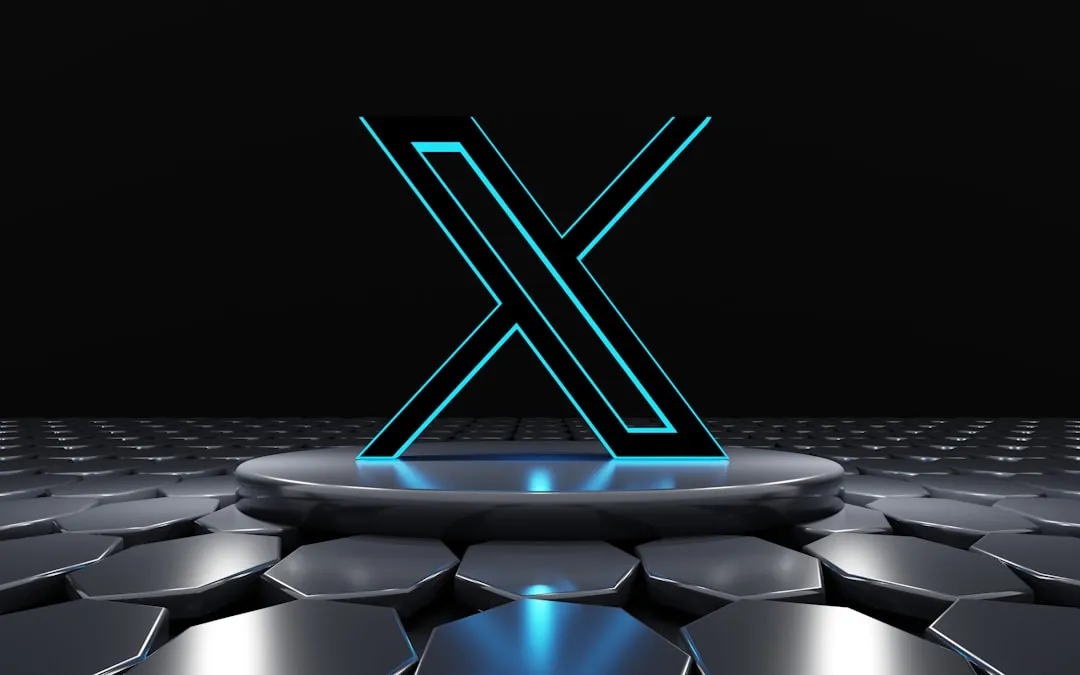


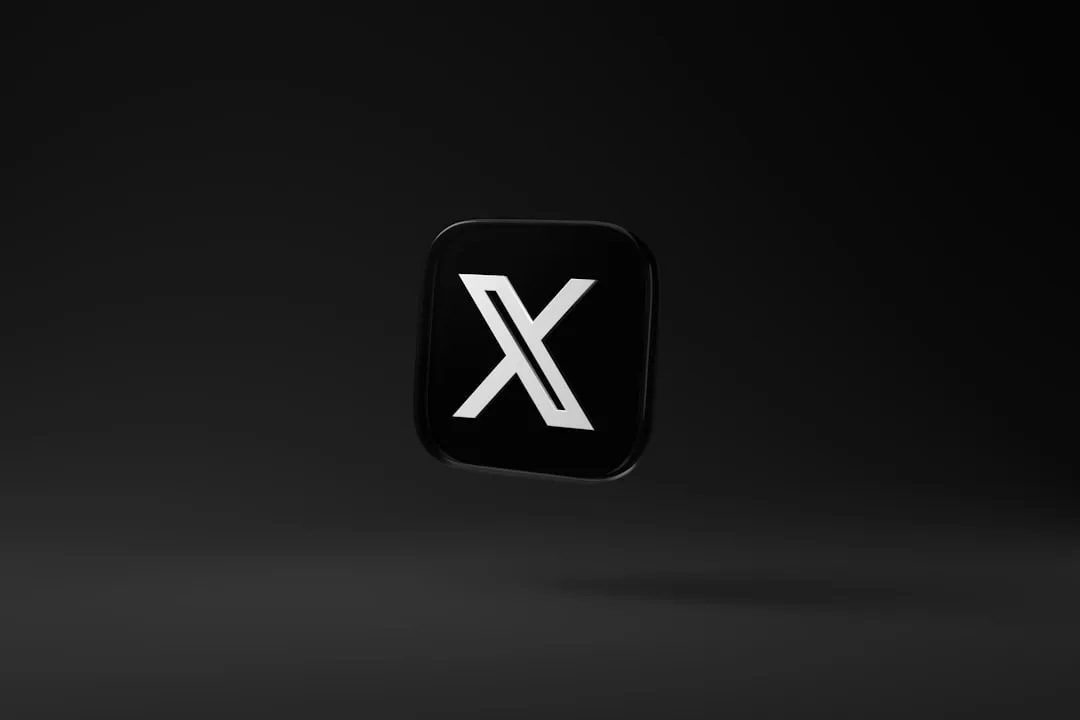









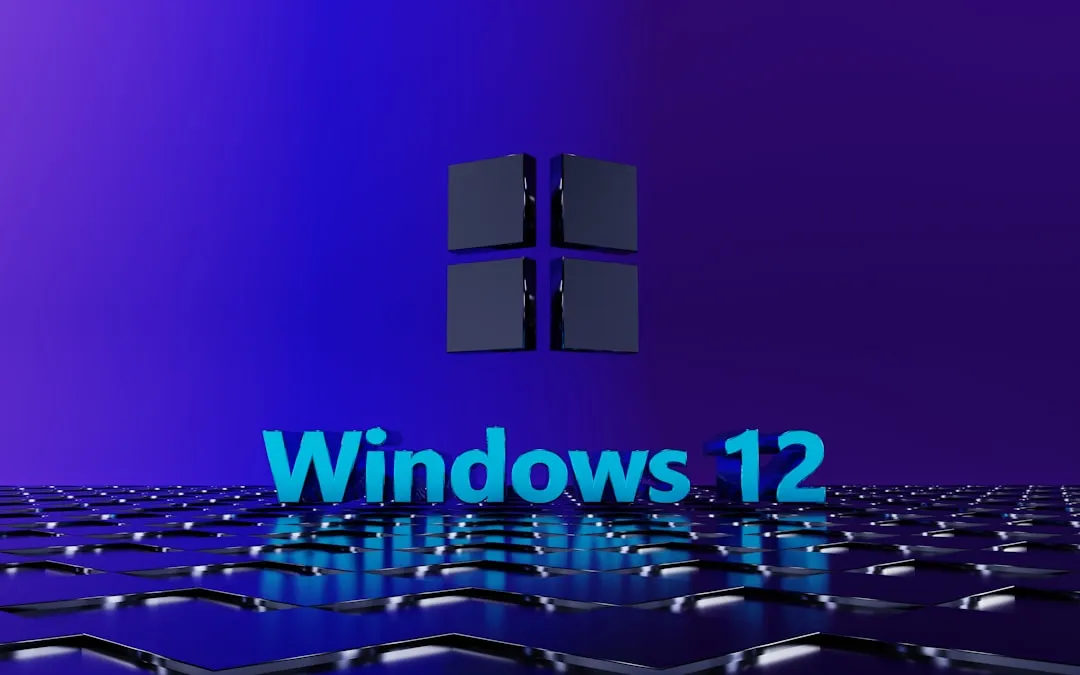
Comments
Be the first, drop a comment!